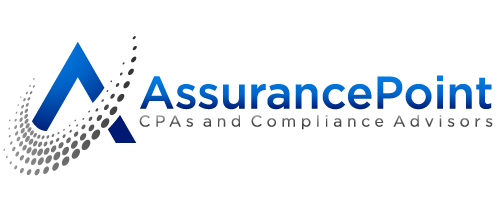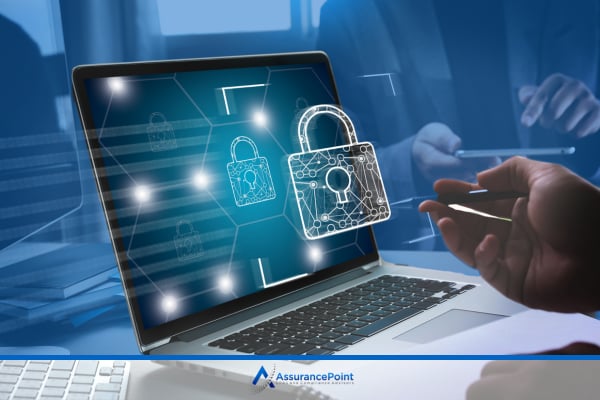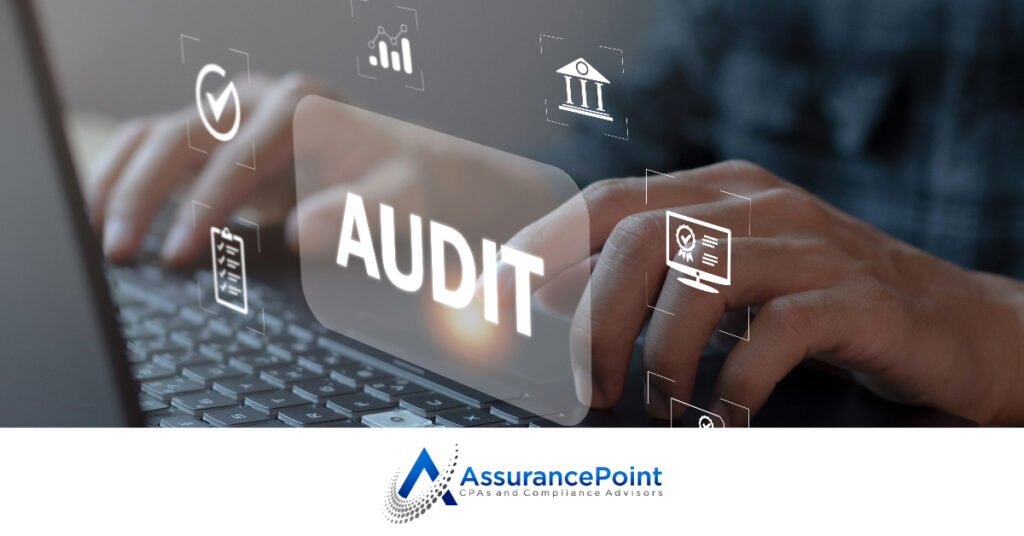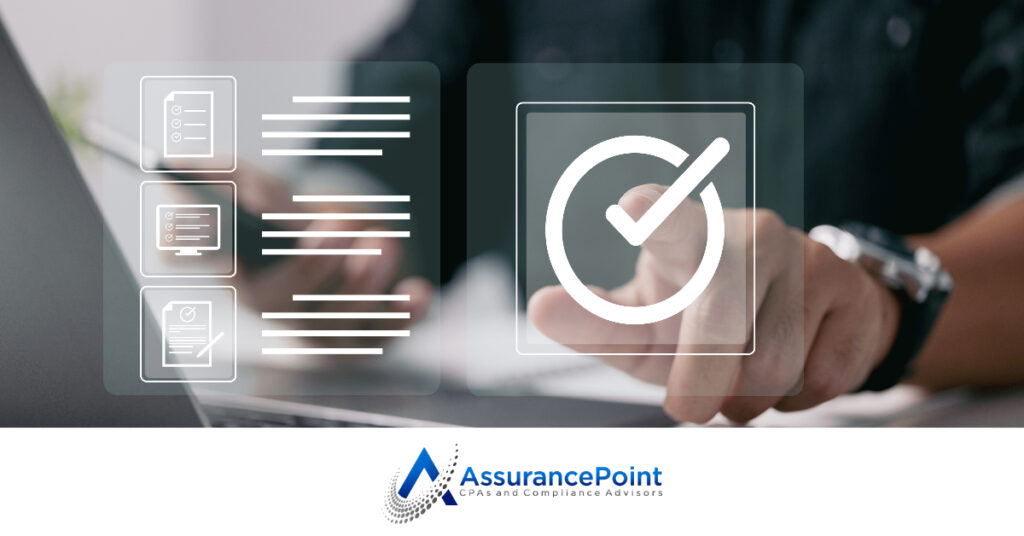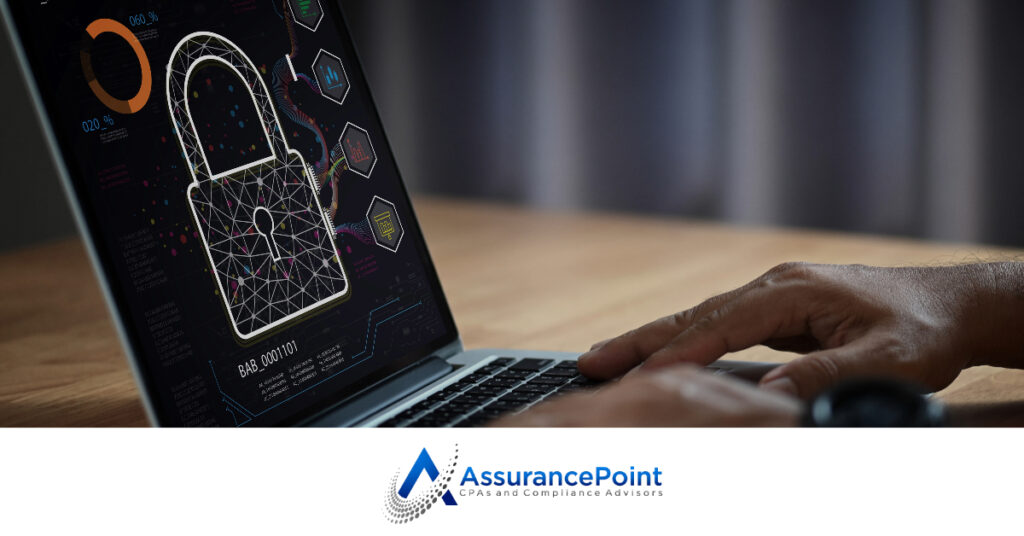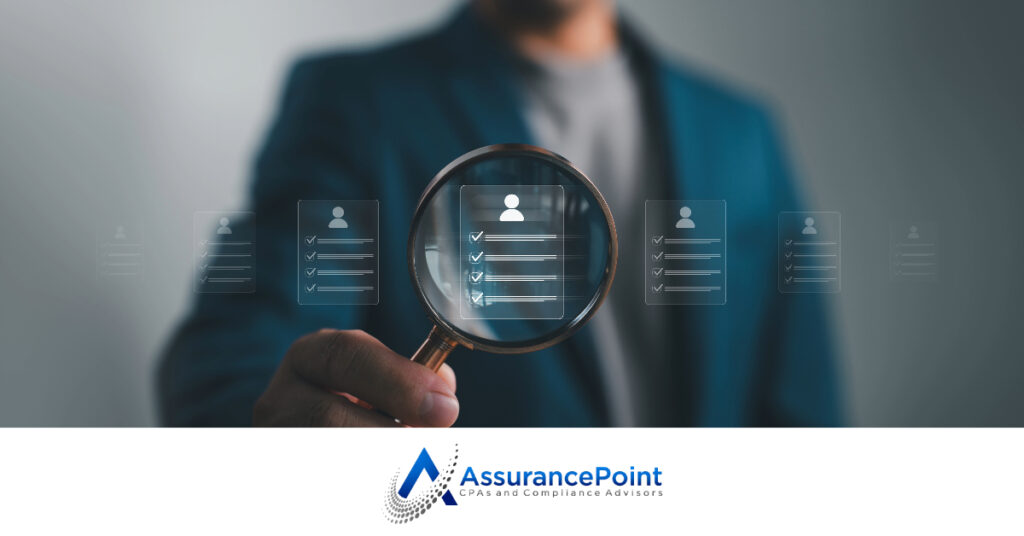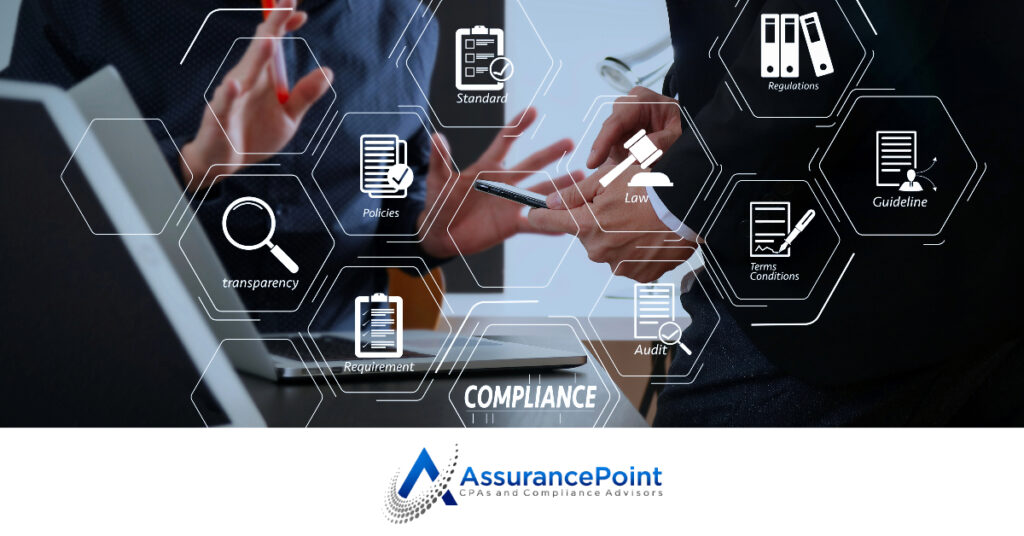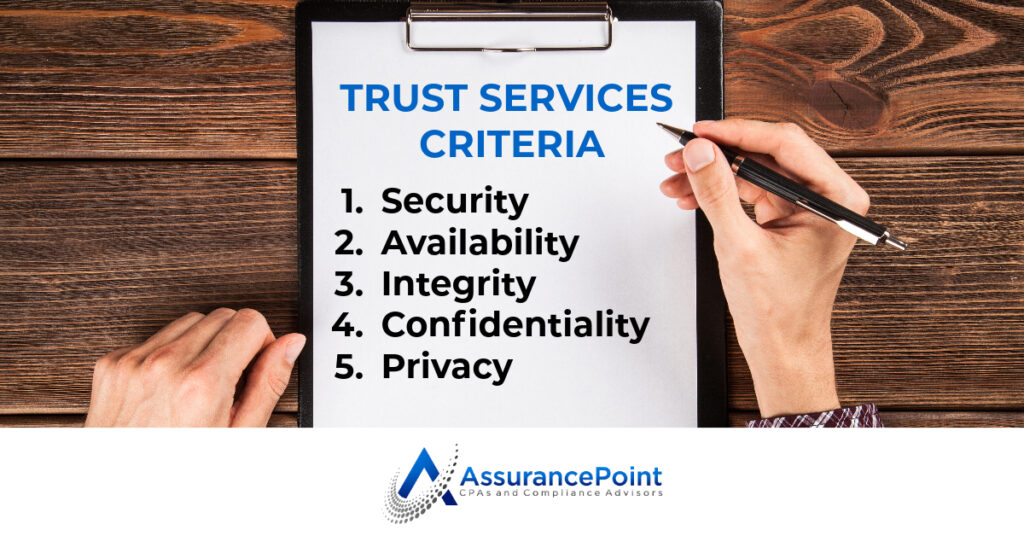ComplianceFor any Security Officer, navigating Health Insurance Portability and Accountability Act (HIPAA) compliance can be incredibly challenging. HIPAA compliance is not merely following a checklist. HIPAA requires a deep understanding of the regulatory landscape, a proactive approach to risk management, and a commitment to fostering a culture of compliance and security throughout the organization. HIPAA also sets specified standards for safeguarding electronic protected health information (ePHI). CISOs play a critical role in protecting sensitive data and maintaining the trust of patients and stakeholders alike by implementing effective technical control programs and ensuring that employees are trained in security protocols and best practices.
In this article, we will explore the key considerations that every CISO should keep in mind when
navigating their organizations through the complexities of HIPAA compliance. Whether you are an
experienced security leader or new to the healthcare industry, these considerations will help any you
build a strong foundation for safeguarding ePHI and ensuring that your organization remains compliant
in an increasingly regulated world.
Building Confidence in Security Controls HIPAA Regulations:
Before any CISO begins their organization’s HIPAA compliance journey, it is pivotal to understand the different HIPAA rules and that could be applicable to their organization:
- HIPAA Security Rule: Requires the implementation of administrative, physical, and technical
safeguards to protect the confidentiality, integrity, and availability of ePHI. - HIPAA Breach Notification Rule: Requires procedures for notifying affected individuals, the
Department of Health and Human Services (HHS), and the media, in the event of a data breach
involving ePHI. - HIPAA Privacy Rule: Governs the use and disclosure of ePHI, ensuring that ePHI is protected and
only used for permitted purposes.
Assessing Covered Entity Status: Is Your Organization Subject to the HIPAA Regulations?
A critical step and a key responsibility for management is to accurately determine if their organization
qualifies as a covered entity. The concept of a covered entity applies to organizations or individuals such
as healthcare providers, health plans, and healthcare clearinghouses, who handle ePHI as part of its
operations. Most HIPAA requirements are established for these covered entities. CISOs must conduct a
thorough review of their organization’s operations, services, and data handling practices to assess
whether their organization is a covered entity.
This process involves evaluating whether their organization directly handles, stores, or transmits ePHI or contracts with third parties who do.
If the organization is deemed a covered entity, the organization then becomes subject to the HIPAA
Security, Privacy, and Breach Notification Rules. This determination not only impacts the scope of
required security controls but also the need for employee training, policy development, and risk
management practices. Failing to identify covered entity status can expose an organization to legal
liabilities, fines, and reputational damage, while proper classification helps organizations align their
processes with the HIPAA legislative clauses and reinforce trust with patients and partners. This decision
shapes how CISOs implement security frameworks and how they are maintained across the
organization, ensuring both compliance and effective risk management.
Business Associate Management
HIPAA compliance also extends to vendors and third parties who handle or have access to ePHI. HIPAA
refers to any entity or individual who uses, discloses, or has access to ePHI as a business associate.
Business associates can provide services such as billing, claims processing, data analysis, legal services,
and IT support. Under HIPAA, business associates are required to sign a Business Associate Agreement
(BAA), which is a legal contract that establishes a relationship between a business associate and a
covered entity that outlines the responsibility of the business associate to protect sensitive information.
A BAA ensures that anyone working on behalf of the business associate, or the covered entity, will
adhere to the standards and requirements within the BAA and relevant HIPAA standards.
CISOs or compliance managers should perform an exercise to determine whether their organization is a
covered entity or a business associate. They also must ensure that any of their business associates have
acknowledged the organization’s BAA, committing the vendor to uphold the organization’s HIPAA
compliance. Additionally, HIPAA compliance also requires the continuous monitoring of business
associates’ compliance with the organization's HIPAA requirements.
Culture of Compliance
Fostering a culture of compliance is crucial to the successful implementation of HIPAA regulations across
organizations. A culture of compliance goes beyond the mere adherence to rules and regulations; it
involves embedding a mindset where every employee, from each member of executive leadership to
staff, recognizes the importance of protecting ePHI as a core responsibility of their job role. CISOs play a
key role in driving a culture of compliance within their organizations by ensuring that security protocols
are understood, respected, and integrated into daily operations. This includes regular employee
training, clear communication of the significance of HIPAA compliance across the organization, and the
establishment of a culture where employees feel empowered to report potential security, privacy, or
HIPAA compliance issues without fear of repercussions. It is also important to obtain executive buy-in
toward a culture of security to set the tone from the top of the organization.
Risk Assessment and Management:
A critical component of each organizations’ HIPAA compliance is completing a risk assessment. The risk
assessment should involve identifying and evaluating the risks (potential vulnerabilities and threats that
could exploit those vulnerabilities) that could compromise the confidentiality, integrity, or availability of
ePHI. Risk treatment plans and mitigation strategies (i.e., controls) should be proposed, approved, and
implemented to mitigate identified risks. CISOs should also implement continuous and/or separate
formal monitoring procedures for detecting emerging risks to ePHI, evaluating the adequacy of existing
risk treatment plans, and the operational effectiveness of controls.
Implementing Administrative, Technical, and Physical Safeguards
Administrative safeguards are designed to establish a framework for managing the security of ePHI
through organizational policies, procedures, and workforce management. CISOs need to establish formal
HIPAA compliance policies and procedures across their entire organization. Employees should be trained
in the HIPAA requirements and how their role contributes to the organization achieving HIPAA
compliance, while also emphasizing the protection of ePHI. CISOs must also prioritize additional
administrative safeguards such as conducting periodic risk assessments and assigning a security official
who is responsible for overseeing the organization’s compliance. Additionally, sanction procedures
should be in place, including up to termination, for personnel who fail to abide by or do not comply with
any organizational policy or procedure.
Technical safeguards, outlined in the HIPAA Security Rule, require organizations to implement
technologies that ensure the confidentiality, integrity, and availability of ePHI. These safeguards include
role-based access control (RBAC), single sign-on (SSO), multifactor authentication (MFA), and encryption
of ePHI while in transit and at rest. Mechanisms should be implemented to record and examine access
to ePHI that can be used for the detection and investigation of security incidents and potential breaches.
CISOs should conduct regular reviews of information system access and activity logs. Additionally, CISOs
should implement integrity controls that protect ePHI from improper alteration or destruction to ensure
that ePHI remains accurate and reliable.
CISOs will also need to consider the physical safeguards that are in place to restrict access to the
physical media where ePHI is processed and stored. CISOs also need to understand if their organization
is responsible for the design and operating effectiveness of the physical safeguards restricting access to
ePHI, or if that responsibility is enforced by a data center or cloud service provider(s). Physical
safeguards also include, but are not limited to, enforcing security configurations on employee
workstation(s) with access to ePHI, training employees on the proper use and security of their
workstation, and managing the movement and disposal of devices and media containing ePHI while
ensuring that physical media is securely erased or wiped before disposal.
Breach Notification and Incident Response
Another critical component of navigating HIPAA compliance is developing and establishing a process for
identifying and evaluating security incidents to determine if ePHI was accessed, acquired, or disclosed
without authorization or a breach of ePHI occurred. In the event of a breach or unauthorized access,
acquisition, or disclosure of ePHI, CISOs will need to have implemented a notification process that
establishes clear procedures for notifying affected individuals, the Department of HHS, and, if necessary,
the media.
Typically, these notifications are required to be sent within 60 days of the discovery of a
breach, unauthorized access, acquisition, or disclosure of ePHI. CISOs should conduct a post-incident or
breach root cause analysis to implement measures to prevent future incidents and breaches of ePHI.
Failure to comply with these HIPAA requirements can result in significant fines and damage to your
organization's reputation.
Documentation and Record Keeping
Document and record keeping serve as the backbone of the HIPAA compliance journey. HIPAA requires
that organizations and business associates maintain detailed records of their compliance efforts,
including HIPAA-related policies and procedures, security risk assessments, staff training programs, and
incident reports. HIPAA also requires that these documents be retained for a minimum of six years and
are readily accessible for audit by the Department of HHS. Proper documentation not only provides a
clear audit trail of organizations’ compliance activities but can also help organizations quickly respond to
potential HIPAA violations or ePHI breaches. Inadequate record-keeping can lead to noncompliance,
resulting in fines and legal consequences.
Legal and Regulatory Awareness
Legal and regulatory awareness directly influences organizations’ ability to protect sensitive health
information. CISOs must stay informed regarding changes to the HIPAA regulations, as well as relevant
state and federal security and privacy laws. This involves keeping up with regulatory updates and also
understanding the implications of legal precedents and enforcement actions within the healthcare
industry. CISOs should work closely with their organization’s legal counsel to interpret HIPAA
requirements and to assist with navigating HIPAA compliance scenarios. By integrating legal and
regulatory awareness into the organization’s risk management process and strategies, CISOs can
proactively address vulnerabilities, align security measures with legal requirements, and effectively
communicate legal and regulatory priorities to the entire executive leadership team.
In conclusion, navigating HIPAA compliance is a multifaceted journey that requires CISOs to be vigilant,
proactive, and strategic in their approach to compliance. As the healthcare landscape continues to
evolve, the role of the CISO will be pivotal in adapting to new threats and maintaining trust. By focusing
on key areas such as regulatory awareness, administrative, technical, and physical safeguards,
documentation and audit trails, formal incident response plan, effective breach notification procedures,
and cultivating a culture of compliance, CISOs can ensure that their organizations not only meet
regulatory requirements, but also establish a secure environment for patient data.
If your organization would like an independent third-party opinion on your HIPAA compliance, would
like to demonstrate your compliance to customers or other stakeholders in an audit report, or would
like guidance on how to build a HIPAA compliance program please reach out!
We will have an expert simplify the process for you and break down how HIPAA compliance can bring real value to your organization.
Written By:

Ryan Whitehead
Ryan Whitehead is a Manager with AssurancePoint based out of San Diego, California. He is responsible for managing SOC examination engagements and is AssurancePoint’s healthcare practice lead. Ryan is focused on building exceptional client relationships and maximizing the value of his clients’ compliance initiatives. Prior to AssurancePoint Ryan’s experience includes security auditing across various industries and firms including the Big 4. Ryan earned a Bachelor of Information Science and Technology from the University of Wisconsin, Milwaukee and a Master’s in Information Systems from Auburn University. Ryan has also achieved the Certified Information System Audit (CISA), Certified in Cloud Knowledge (CCSK), and the Advanced SOC certifications.
